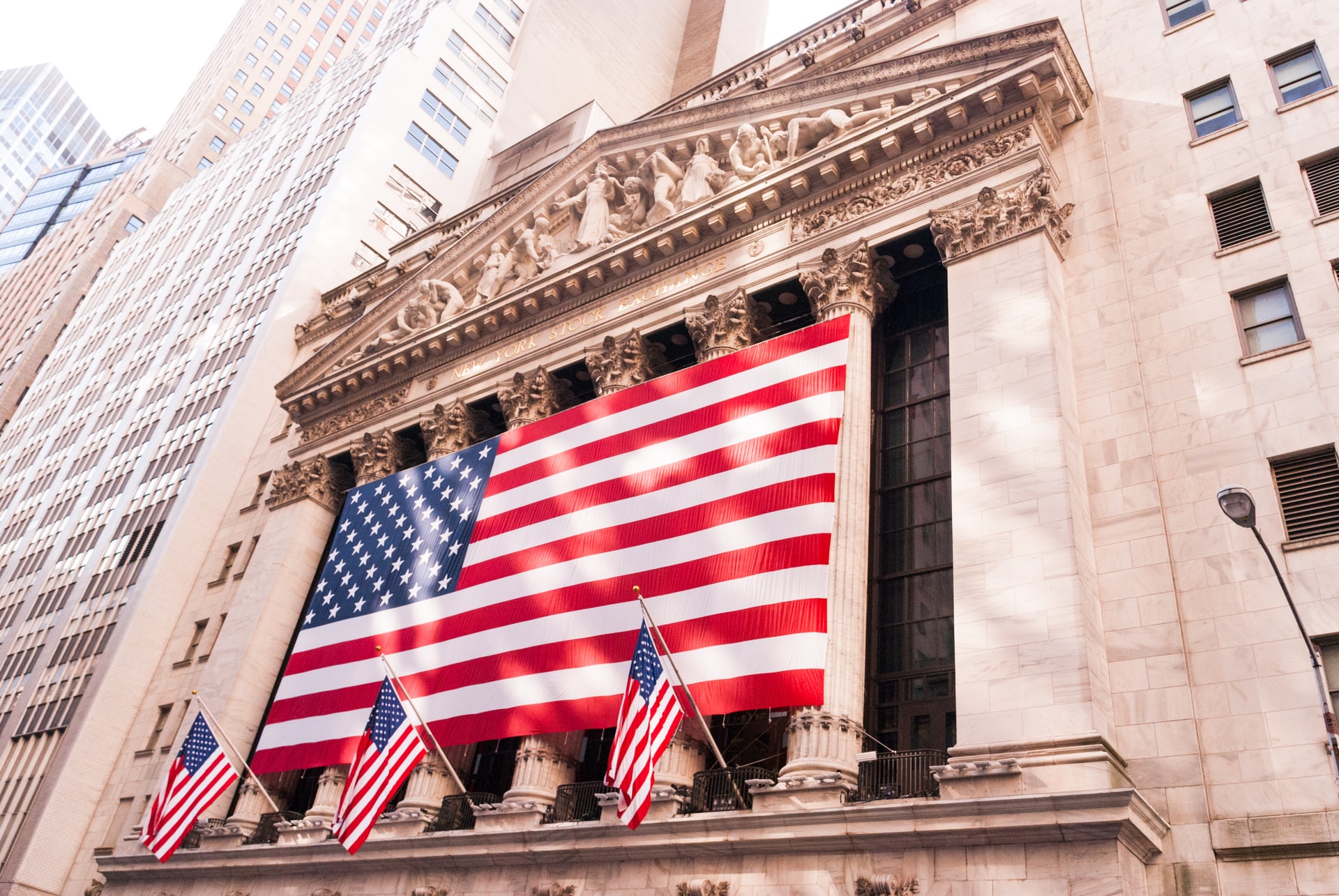Will America’s boom last? Economist Report

What the Economist says about the American economy
The latest monthly employment report, released on April 2, painted an impressive picture: America created more than 900,000 jobs in the previous month. This figure, the strongest since August, reflects the state of the economy in the first half of March, when the revelations took place. But a look at the “high-frequency” economic data for the most recent weeks on everything from restaurant visits to Google search behavior suggests that the recovery has, if anything, accelerated further since then. America's post-lockdown boom has begun.
A quick rebound would be welcome, as the world's largest economy remains a long way from its pre-pandemic peak, and the damage has been severe. Even after the latest numbers on jobs, over 8 million fewer people are working than before the pandemic. Job losses are concentrated among low-income groups (although it is no longer true that women are more affected than men). One third of small businesses remain closed. Poverty is higher than it was before Covid-19 hit, especially among black families. And the impact of school closures on children's education could last for decades.
High-frequency data, largely produced by the private sector, is useful for identifying economic turning points before they are gleaned into government figures, which are slower to arrive. In March and April 2020, long before the official numbers were released, these data showed that the economy was falling off a precipice. Fortunately, a year later they indicate a rapidly strengthening economy.
Using Google's mobility data, The Economist built an economic activity index, which measures people's visits to workplaces, stations, retail outlets and places of entertainment. A month ago, the index was 30% below its pre-pandemic base. Over the past few days, the index has jumped 20% below the baseline.
Other high-frequency data shows similar trends. The number of passengers traveling through American airports is rapidly increasing. Economists also took a close look at statistics from OpenTable, a booking platform. In February, the number of diners in restaurants was 48% below normal. So far in April it is 18% lower. Hotel occupancy is increasing rapidly. High-frequency indicators of manufacturing and service activity are also rising.
People are venturing out, and mixing, in greater numbers, in part because a successful vaccination campaign has allowed for some loosening of restrictions. And when people leave the house, they have money to spend. On March 17, the Treasury deposited $ 250 billion in stimulus checks into people's bank accounts, adding to the $ 1.5 trillion in extra personal savings (about 10% of annual consumer spending) that households have accumulated. A tracker from JPMorgan Chase bank shows that payment card spending is close to its pre-pandemic level. At the end of March, total spend increased nearly 20% from the previous month, according to Cardify, a data provider.
As a result, America is likely to see gigantic GDP growth numbers in the second quarter of 2021. Research by Nicolas Woloszko of the OECD, a rich-country think-tank, gives a hint of what's to come. He uses another kind of real-time data, Google search trends, to build weekly GDP measurements for the G20 economies. In the last week of March, US GDP was about 4% below where it would have been in the absence of the pandemic. This is the strongest figure in over a year, and far better than most other rich countries.
Many forecasters are now expecting GDP growth of 6% or more in 2021. If that happens, then it won't be a surprise if America scores a monthly job gain of 1 million or more in future employment reports. The unemployment rate could be close to its pre-pandemic rate soon enough.
Yet two factors could ruin the party. One concerns the economic "disfigurement". Some economists worry that the pandemic has damaged America's manufacturing capacity. If many companies have gone bankrupt , then even with brisk demand many Americans won't have a job to return to.
So far there is no convincing evidence of a wave of insolvency. In 2020, total business failures were around 15% lower than the previous year. Broad tax support from the federal government has helped businesses pay their bills, while many landlords have offered rent concessions. Bankruptcies have remained low so far in 2021, but no one really knows whether or not they will increase in the coming months as fiscal support ends and owners try to make up for lost time.
The second factor relates to fears that infections could take off again, despite the momentum of vaccination. There are particular concerns about coronavirus variants, such as the one found for the first time in Britain, which spread more easily (although the prevalence of the "British variant" has not stopped the collapse of cases in Britain itself, where, as in America, vaccination is proceeding rapidly). Cases of Covid-19 in America are now rising again. Some places, like Chicago and New Jersey, have paused reopening.
This is slowing the recovery, but not yet stopping it. Widespread vaccination has weakened the link between infection and hospitalization. In Michigan and Florida, two states with high levels of the British variant, the Google-Economist economic activity index has lost momentum in recent days, although it is still stronger than it was in the first quarter of the year. There will be setbacks along the way, but expect the good economic news to start piling up.
Extract from the foreign press review by Epr Comunicazione
This is a machine translation from Italian language of a post published on Start Magazine at the URL https://www.startmag.it/economia/durera-il-boom-dellamerica-report-economist/ on Sat, 17 Apr 2021 06:05:54 +0000.
